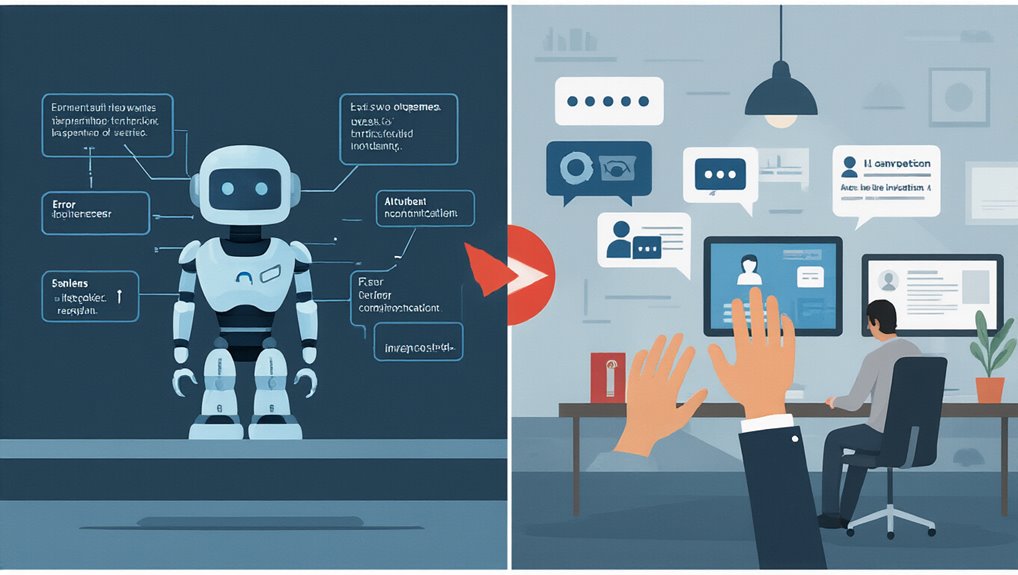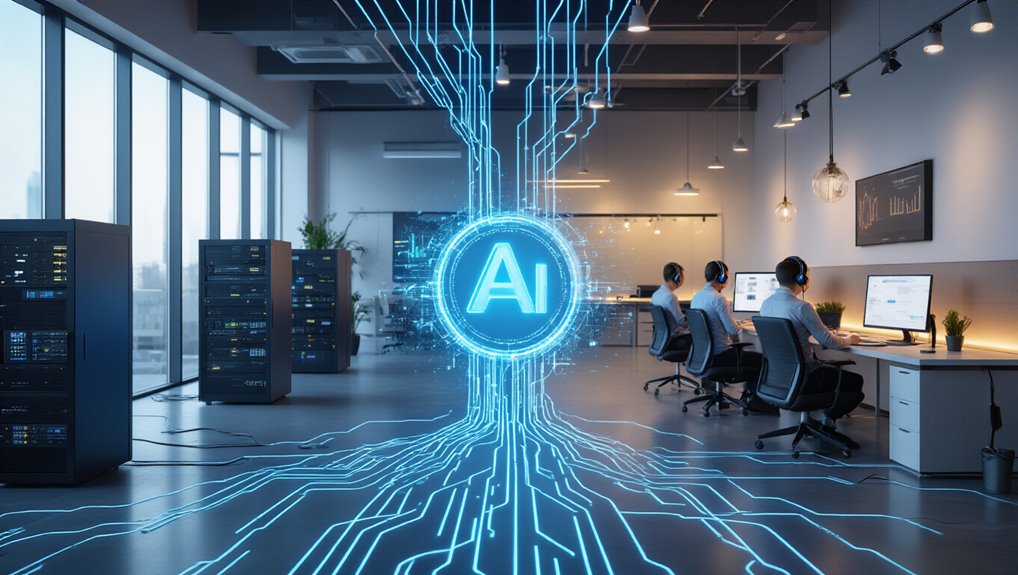As customer service operations rapidly evolve in the digital age, artificial intelligence is transforming traditional support models at an unprecedented pace. The statistics paint a compelling picture: 88% of contact centers now utilize AI-powered solutions, yet only 25% have fully integrated automation into daily operations. This 75% implementation gap reveals that despite widespread adoption, most organizations are still steering through the complex landscape of AI integration.
The benefits of AI in customer service are substantial and measurable. AI-powered tools reduce resolution times by up to 52%, decrease first response times by 37%, and enable agents to resolve issues 47% faster than their non-automated counterparts. These efficiency gains translate to significant cost reductions, with businesses reporting up to a 68% decrease in staffing needs during peak seasons and cost savings of approximately 30%. Similar to IT outsourcing strategies, implementing AI solutions can deliver operational cost savings of 20-40% while providing access to specialized capabilities.
Consumer attitudes further support AI adoption, with 51% preferring bot interactions for immediate assistance and 67% expressing a desire to use AI assistants for customer service inquiries. The 80% positive experience rate among customers who have interacted with AI-powered service indicates growing acceptance of automated support channels.
The shift toward AI in customer service isn’t just organizational—consumers themselves are increasingly seeking automated solutions for faster, more efficient support.
However, replacing human agents entirely misses the fundamental point. Only 36% of support tickets are currently addressed through self-service options despite 60% being resolvable through such channels. This disconnect highlights that the true solution lies not in replacement but in strategic augmentation.
The most effective customer service models combine AI efficiency with human empathy and problem-solving skills. AI excels at handling routine inquiries, providing instant responses, and managing high-volume interactions. Human agents, meanwhile, bring nuanced understanding, emotional intelligence, and creative problem-solving to complex situations that AI cannot yet navigate effectively. Some AI models have actually demonstrated higher empathy levels than human representatives in customer interactions, showing the technology’s evolving capabilities in this space.
Organizations achieving the greatest success are those creating hybrid models where AI handles repetitive tasks while human agents focus on high-value interactions. This approach leverages the 8× return on investment that AI-powered customer service can deliver while maintaining the quality of service that builds lasting customer relationships. Research shows that proactive engagement capabilities of modern AI systems can address customer issues before they’re even voiced, significantly enhancing overall satisfaction.
The future lies not in choosing between humans or AI, but in thoughtfully integrating both.









